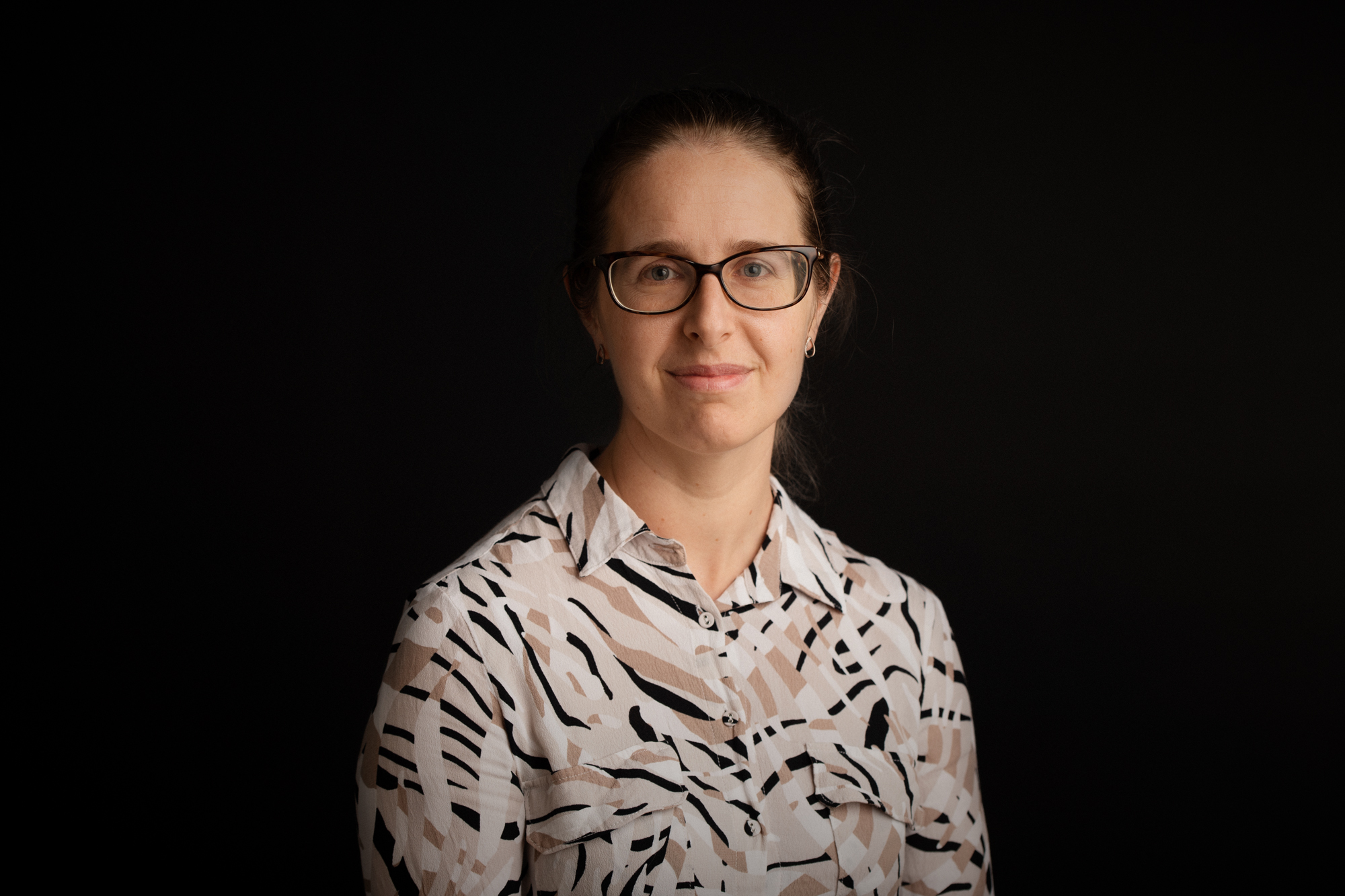Sophie Rachel Beeren
Research leader

Project title
Harnessing the Power of Dynamic Interconverting Glycans for Oligosaccharide Synthesis
What is your project about?
Living systems are dependent upon the interplay of three types of biopolymer – proteins, nucleic acids (DNA and RNA) and glycans (oligosaccharides). Our ability to understand the important roles of these three biopolymers is depends upon our ability to make them. While there exist standard, biotechnological methods to produce DNA and proteins, equivalent biotechnological methods to produce glycans are lacking and synthetic methods using organic chemistry are notoriously difficult. This project will explore a new way of using enzymes for the synthesis of oligosaccharides. We will use enzymes to reversibly connect together monosaccharide building blocks and generate dynamic mixtures of different interconverting oligosaccharides. We will then use artificial template molecules that bind, stabilize and thus promote the selective synthesis of specific oligosaccharide products.
How did you become interested in your particular field of research?
I am a supramolecular chemist, and so, I am interested in understanding how molecules interaction with oneanother, how they fold, how they aggregate and how they can specifically recognize each other. I find this area of research fascinating because it is at the core of basically all biological structure and function. The more we can understand about the interactions between biomolecules, the better we can find ways to interfere with, and manipulate biological functions – i.e. the better drugs, diagnostic tools, and biotechnology we can develop.
What are the scientific challenges and perspectives in your project?
The challenge in my project is that we are merging methodologies from two fields – enzymology and supramolecular chemistry. We will use enzymes to make the connection between monosaccharide building blocks to assemble mixtures of oligosaccharides but then we apply a template-directed approach – a concept from supramolecular chemistry – to obtain specific products. It will be exciting to see how the combination of supramolecular chemistry and enzymes working together will enable us to access new products, not formed in ‘native’ enzymatic reactions.
What is your estimate of the impact, which your project may have to society in the long term?
The availability of biotechnology to rapidly produce nucleic acids and proteins can be directly connected to the huge advances in genomics and proteomics, and in the use of these biomolecules in diagnostic tools and biological drugs, seen in recent years. In laying the foundations for a new type of carbohydrate biotechnology, we hope to provide the tools that could enable similar advances in glycobiology. This project could ultimately have important impacts in the development of glycan-based therapeutics, such as carbohydrate-based vaccines and small-molecule drugs targeting the glycans found on the surface of pathogens and malignant cells.
Which impact do you expect the Sapere Aude programme will have on your career as a researcher?
This grant will give me the possibility to develop my new methodology beyond the ‘proof-of-principle’ stage to something that is generalizable and diversifiable. It will allow me to expand my research group and pursue more long-term and ambitious goals.
Background and personal life
I am originally from Australia. I grew up in Sydney and did my undergraduate studies at the University of New South Wales. I moved to the University of Cambridge for my PhD and then Carlsberg Laboratory for my post-doc. Now I live in Copenhagen with my Danish partner and our two kids, aged 5 and 7.
View all research leaders here
Research institution
Technical University of Denmark
Research field
Chemistry
City of your current residence
Copenhagen
High school
S.C.E.C.G.S. Redland, Australia
